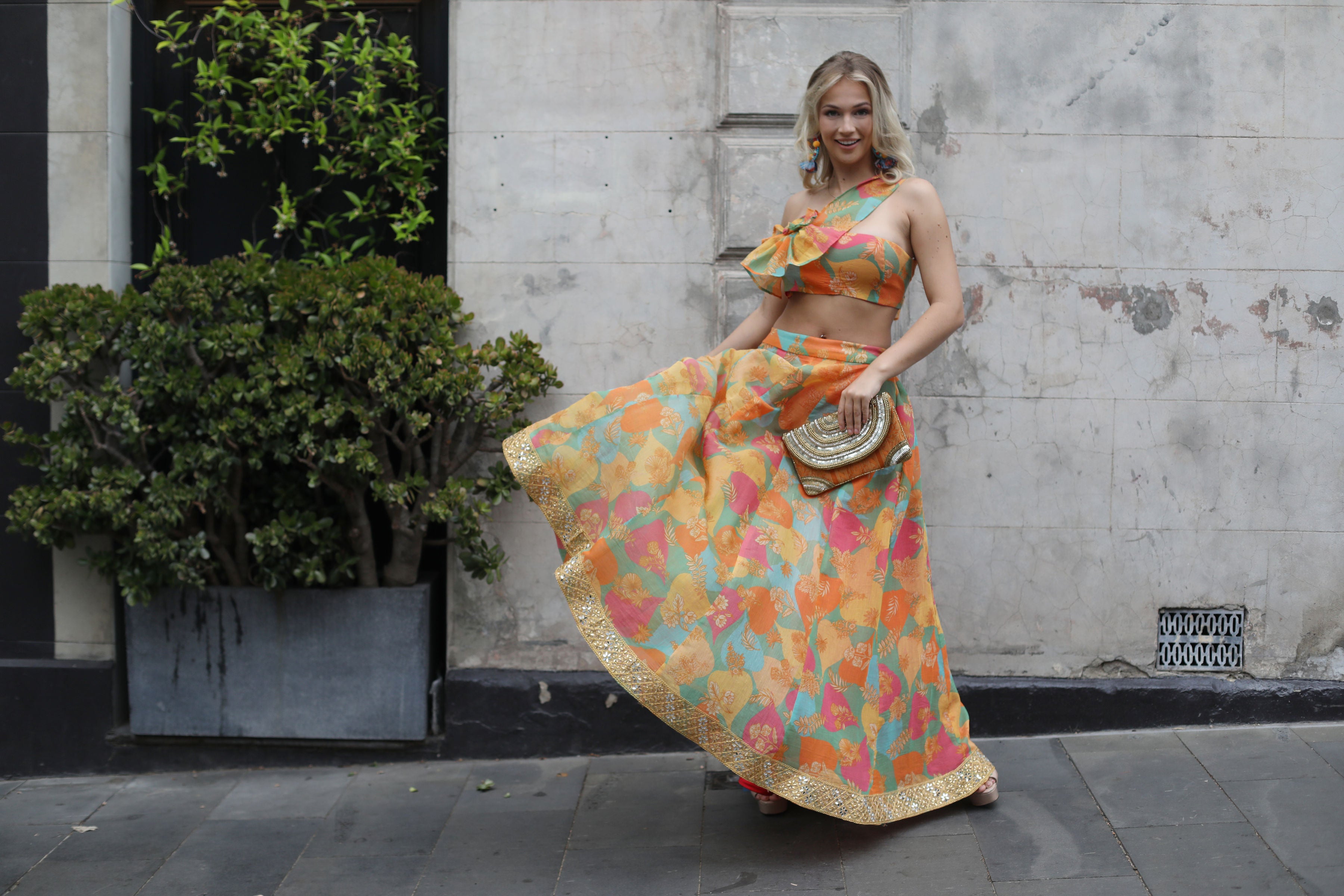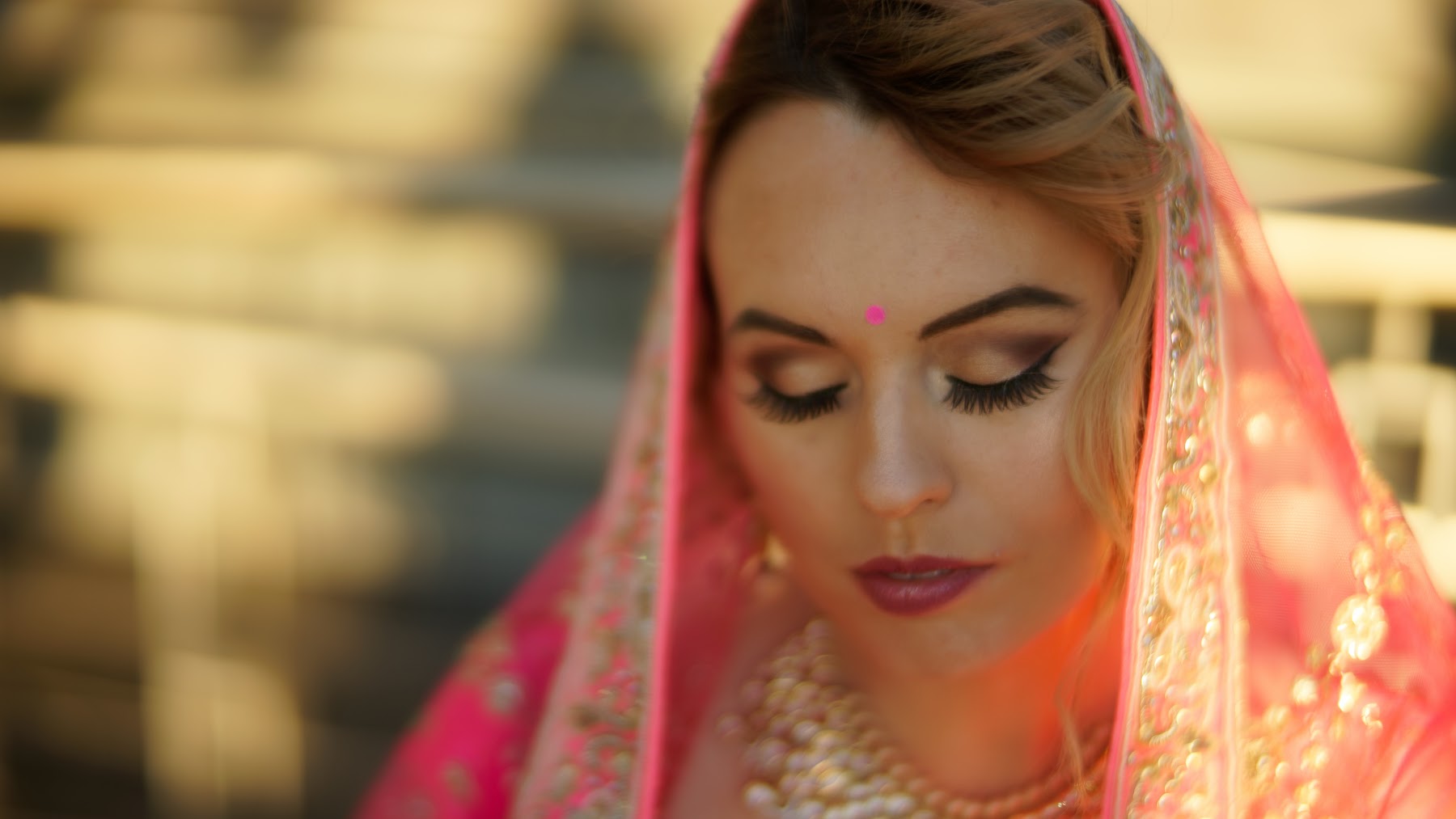
From Engagements to Farewells: The Rich Tapestry of Rituals in Indian Weddings
In the heart of India's cultural tapestry lies the resplendent phenomenon of Indian weddings – a captivating blend of traditions, emotions, and rituals that span across days. With every ritual and ceremony, a symphony of customs and beliefs come to life, painting a vivid portrait of unity, love, and celebration. Join us on an immersive journey through the mesmerizing rituals and days that define the grandeur of Indian weddings.

Day 1: The Grand Beginning – Engagement and Mehndi: Indian weddings commence with the engagement ceremony, where families come together to formalize the union of the couple. This joyful event is often followed by the Mehndi ceremony, where intricate henna designs are adorned on the bride's hands and feet, symbolizing love, fertility, and blessings.
Day 2: Celebrating Sangeet and Music: The Sangeet ceremony is a vibrant celebration of music and dance. Family and friends gather to perform traditional and modern dances, rejoicing in the union of two families. It's a night of revelry, laughter, and the forging of bonds through dance and melodies.
Day 3: The Sacred Purity of Haldi: The Haldi ceremony is a day of sacred purity. A mixture of turmeric, oil, and water is applied to the bride and groom's skin, signifying the blessing of good health and fortune. It's a time of joyous camaraderie as loved ones come together to prepare the couple for their journey ahead.
Day 4: The Auspiciousness of the Wedding: The wedding day is a culmination of tradition and devotion. The couple takes their vows around the sacred fire in a ceremony called the "pheras." Each phera represents a promise made to each other and to the divine witnesses. The exchange of garlands, the application of sindoor (vermilion), and the tying of the mangalsutra (sacred necklace) mark the union of the couple.
Day 5: The Emotional Farewell – Vidai: The Vidai ceremony is a poignant moment when the bride bids farewell to her family and childhood home. As she leaves to start her new life with her husband, tears of joy and sorrow blend in a tender farewell.
Day 6: Celebratory Welcomes – Post-Wedding Receptions: After the wedding, post-wedding receptions are often held to celebrate the couple's union with extended family and friends who couldn't attend the main ceremony. These events are marked by joy, feasting, and the sharing of stories and blessings.
Conclusion: A Tapestry of Traditions and Love: Indian weddings are a tapestry woven with rituals that carry the weight of centuries, each thread reflecting the heritage and values of a diverse nation. As we traverse the days of engagement, music, purity, marriage, and farewells, we witness a cascade of emotions that bind families and lovers in an eternal embrace. Indian weddings are more than a celebration; they are a symphony of culture, a testament to love, and a journey of togetherness that etches itself into the annals of time.

